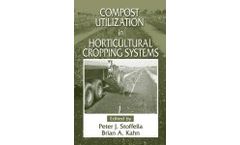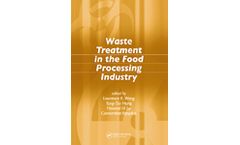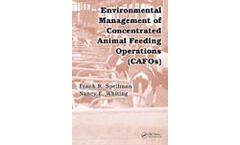Refine by
waste-management books
7 books found
The book contains a comprehensive review of literature and patent survey concerning olive processing waste. Over 1,000 citations are presented. Wastes considered include olive cultivation solid waste, wastes arising from classical, three- and two-phase olive mills and wastes generated during table olive ...
Composting as an integrated system of waste management. State of the art of composting. Composting in developing countries. ...
With the increased interest in and demands for compost from commercial horticultural industries, composting is on the verge of becoming an economically feasible option for waste management. While horticultural producers can create some of the compost to meet their own needs, demand has grown beyond what they can supply for themselves and others. ...
Many standard industrial waste treatment texts sufficiently address a few major technologies for conventional in-plant environmental control strategies in the food industry. But none explore the complete range of technologies with a focus on new developments in innovative and alternative technology, design criteria, effluent standards, managerial decision methodology, and regional and global ...
Clean and environmentally sound disposal of animal waste in the quantities that Concentrated Animal Feeding Operations (CAFOs) produce can only be described as a challenge. Designed to provide practical information, Environmental Management of Concentrated Animal Feeding Operations (CAFOs) covers the concepts and practices involved in the operation and ...
Commercial Chicken Meat and Egg Production is the 5th edition of a highly successful book first authored by Dr. Mack O. North in 1972, updated in 1978 and 1984. The 4th edition was co-authored with Donald D. Bell in 1990. The book has achieved international success as a reference for students and commercial poultry and egg producers in every major poultry producing country in the world. ...
Food production remains the highest agricultural priority, subject to the constraint that it be done in harmony with nature, or at least with minimum environmental pollution. The amount of fertilizer applied can be controlled using modern application techniques, including soil and crop management, guaranteeing higher economic profit and lower environmental cost. It is in such a context that ...





